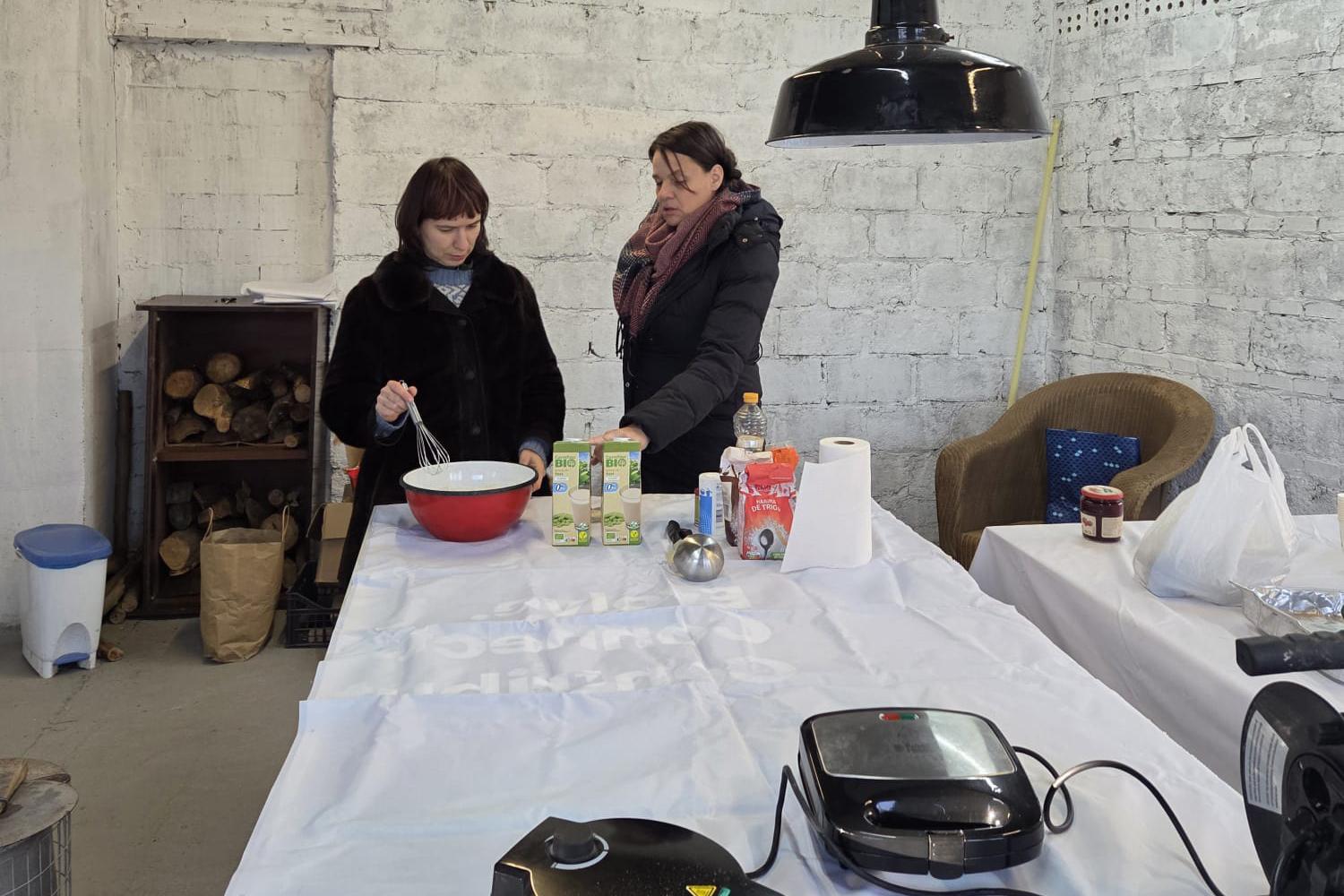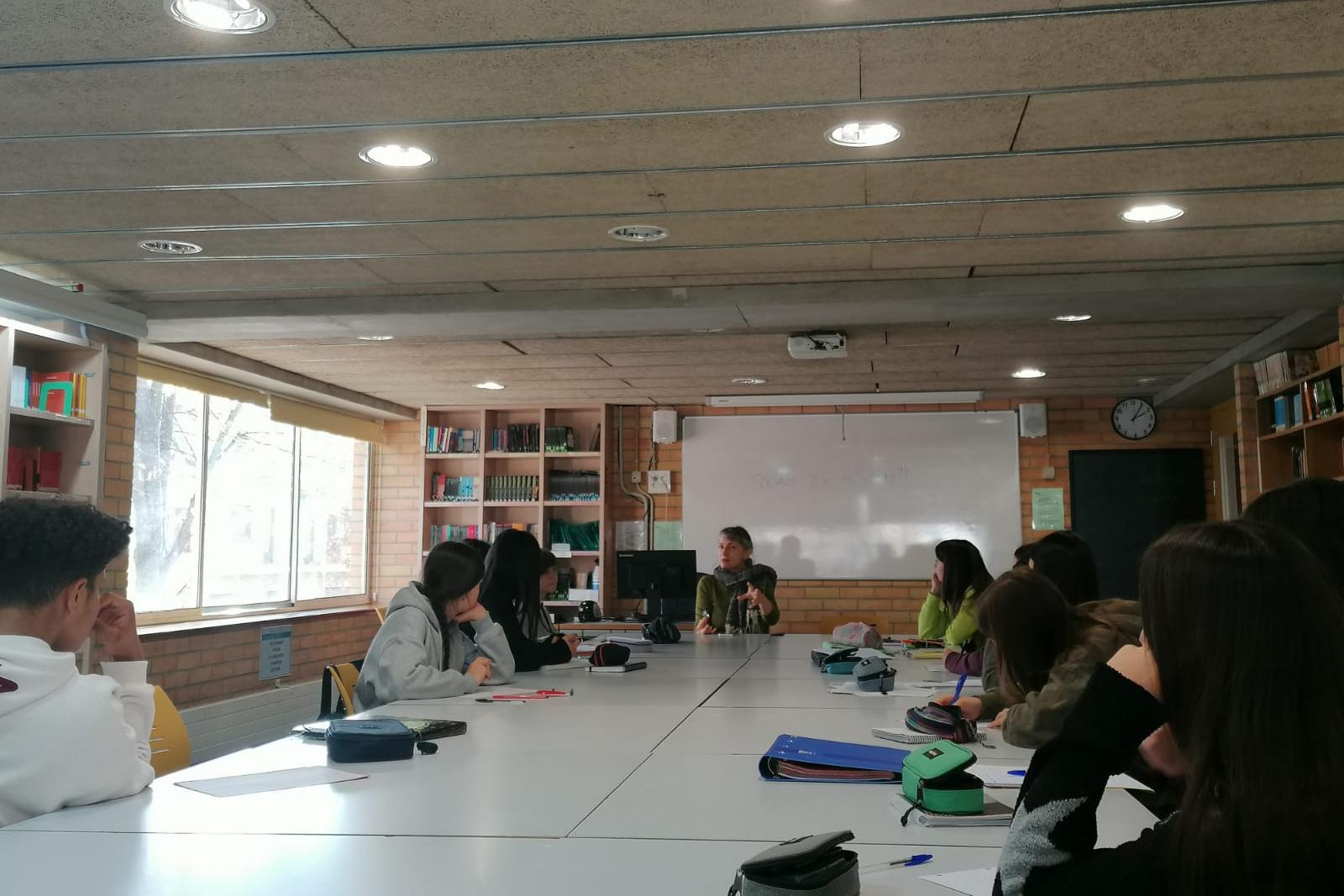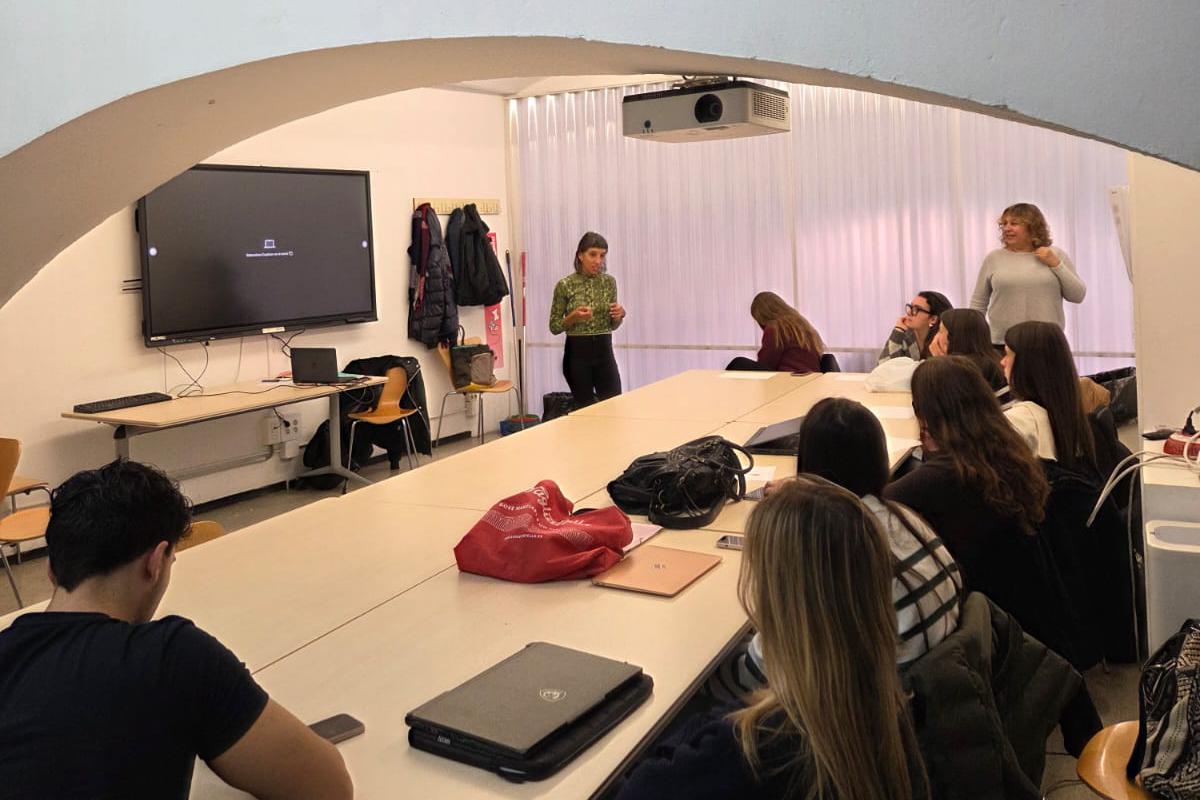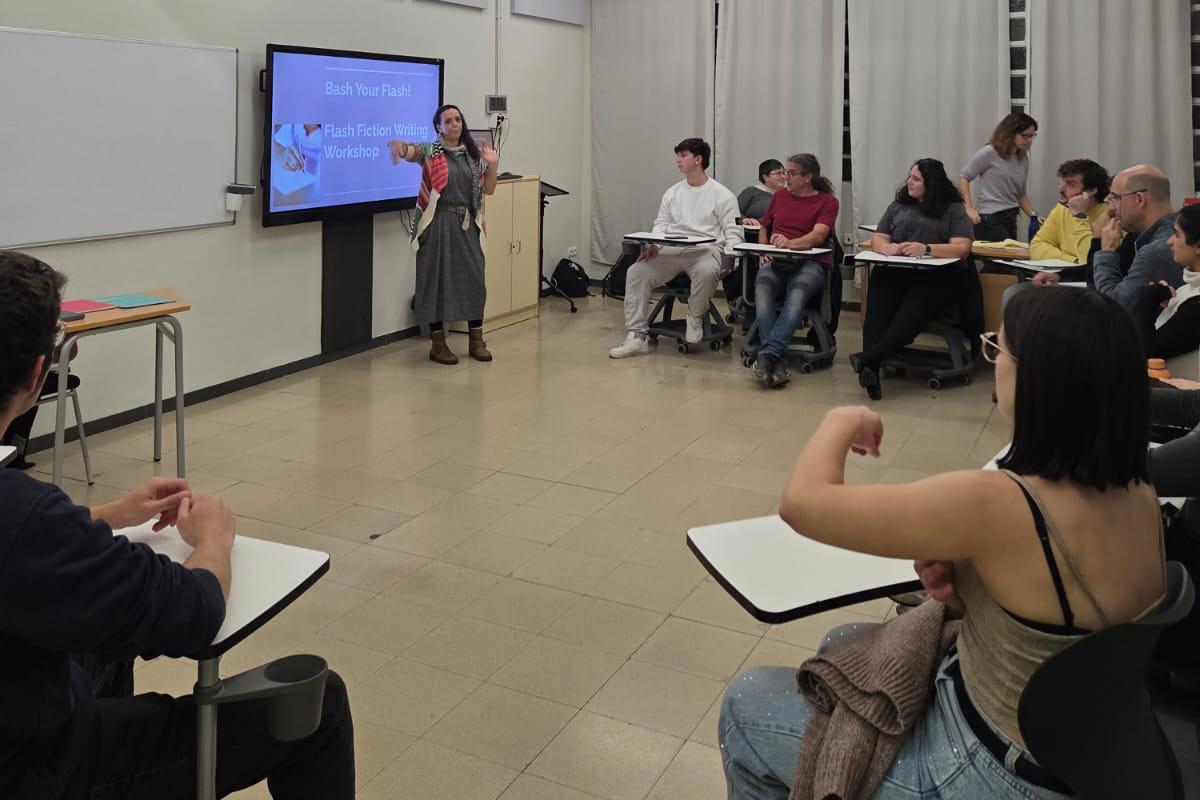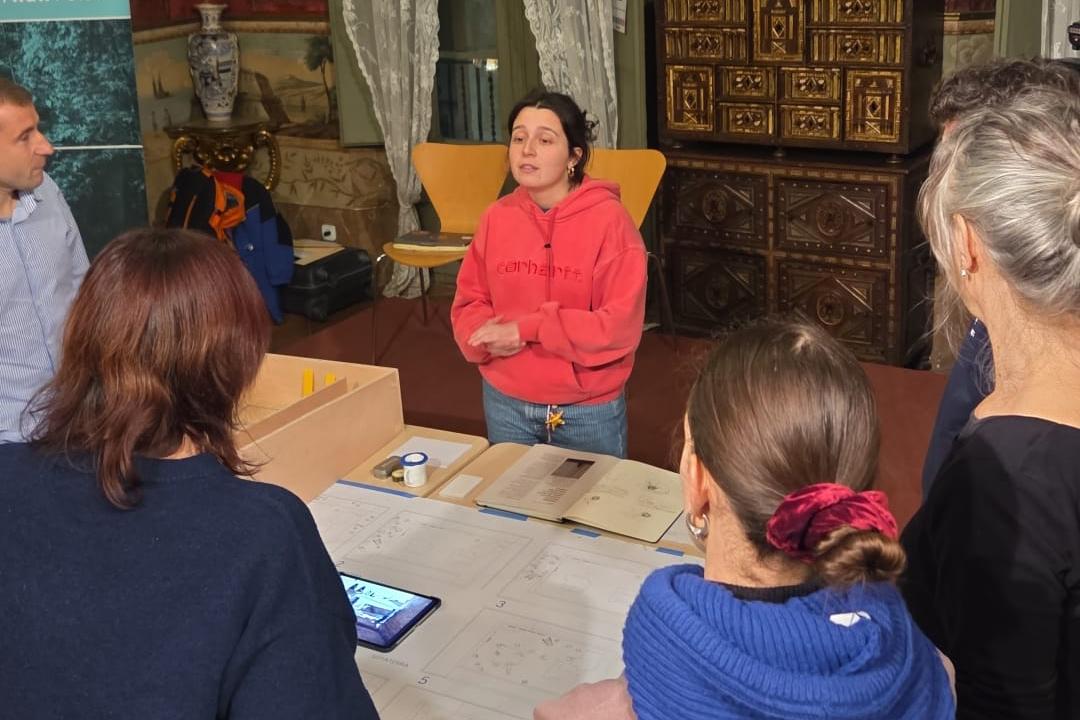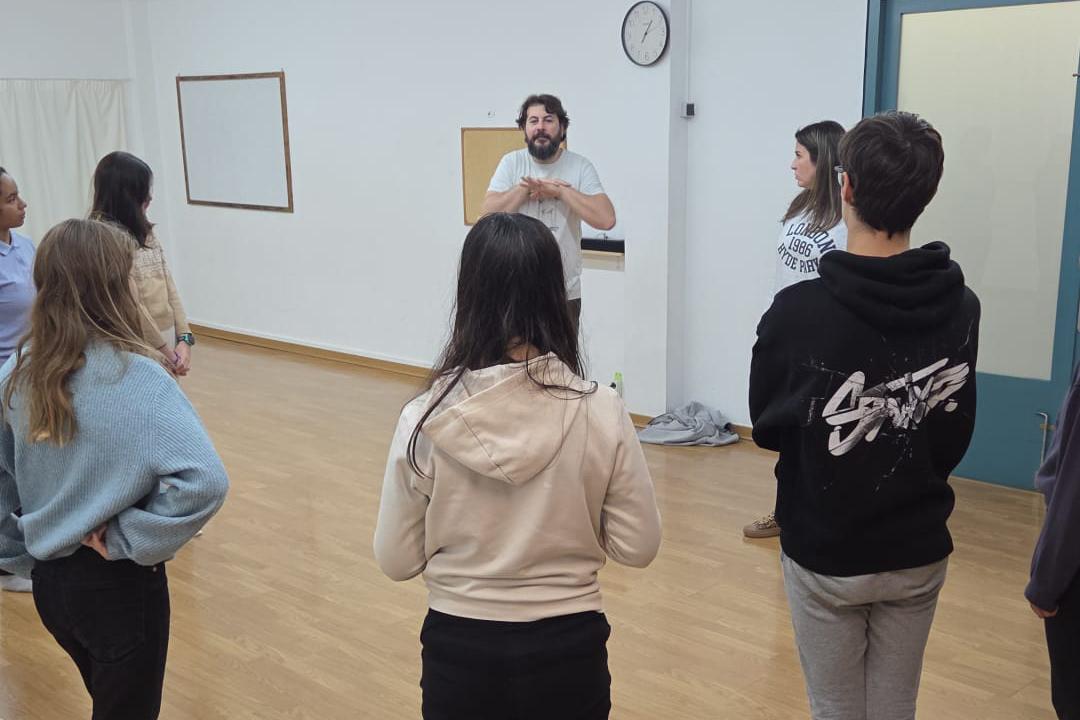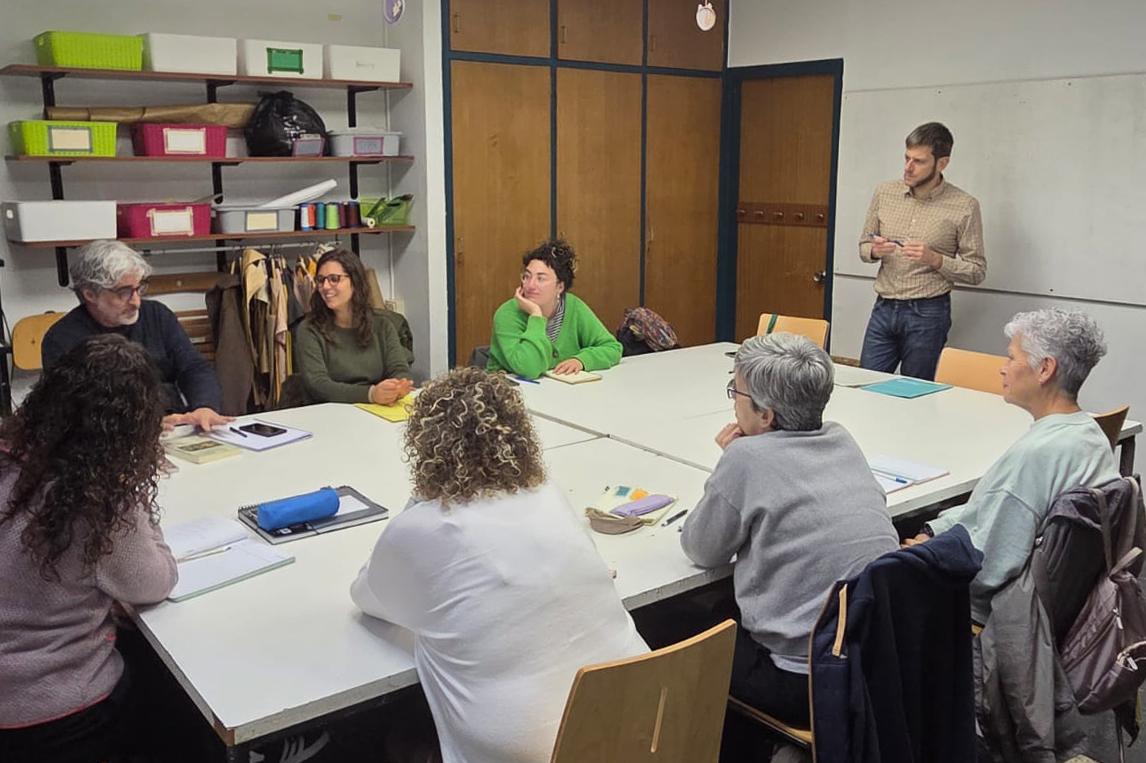Science, technology and the work of Frankenstein, Xavier Roqué
Thursday, 15 April 2021 , Olot

Science, technology and the work of Frankenstein, Xavier Roqué
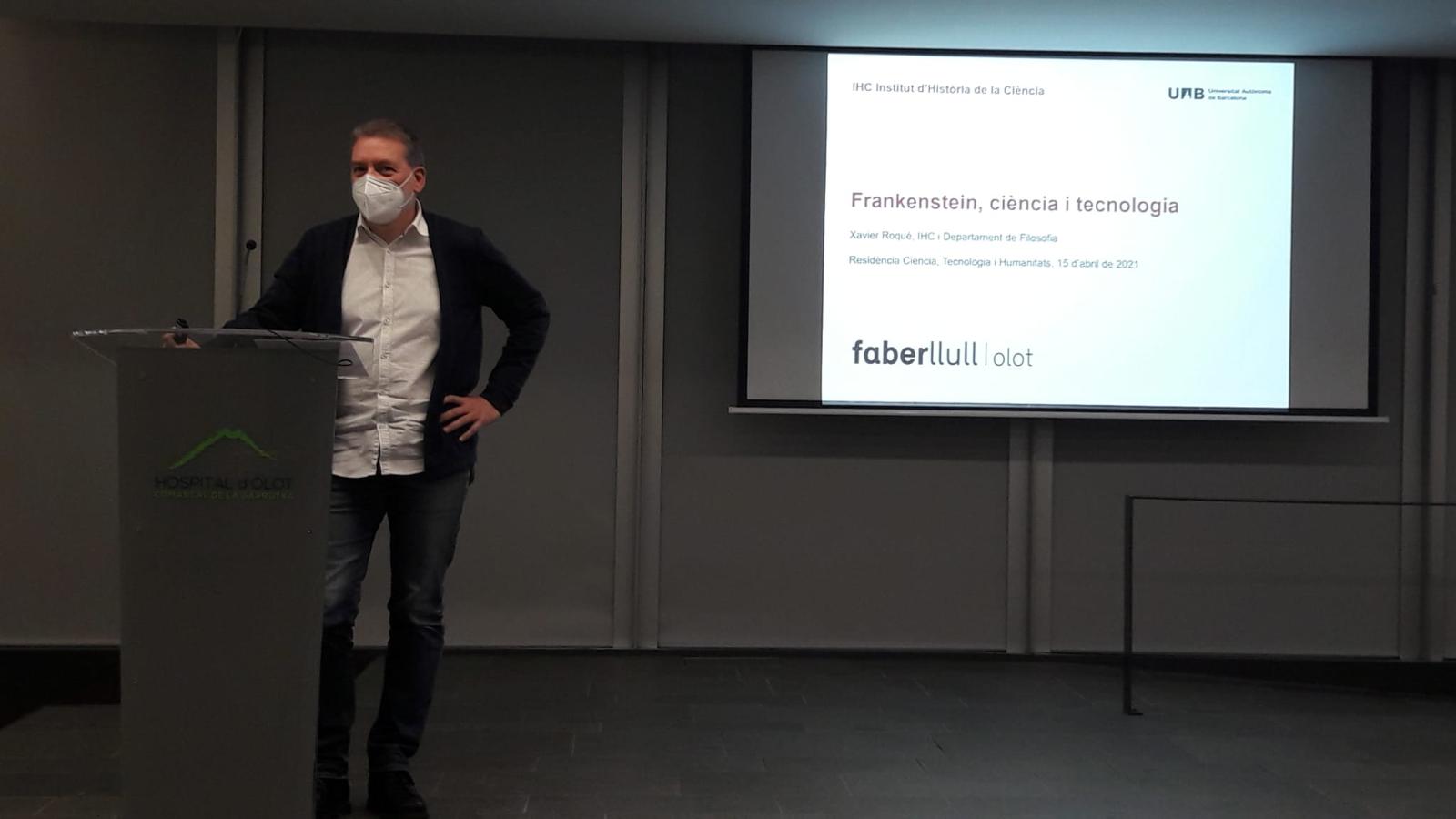
In Frankenstein, or the Modern Prometheus (1818, 2nd ed. 1831), Mary Shelley deals with the ability of science and technology to understand the mystery of life and transform human nature. The novel speculates on the possibility of animating a body created from the different organs. The debate about the difference between living matter and inert matter, or about the possible existence of a subtle and mysterious substance that, imposed on matter, explained life, was contemporary to the creation of the text. One of the participants in this debate was Percy Shelley's doctor, William Lawrence, who in the Visionist debate adopted the materialist position: "a subtle matter is still matter." Victor Frankenstein's efforts to create life evoke work with humanoid automata and the effects of electricity on living and inanimate bodies. The novel thus exemplifies the substantial and emerging relationships between scientific knowledge and literary creation. , a relationship that goes beyond the use of scientific images or similes, and that allows fundamental issues to be discussed, such as the social responsibility of the scientist or decisions about the development and use of technology. The discussion refers to some of the motivations of the new degree in Science, Technology and Humanities.


